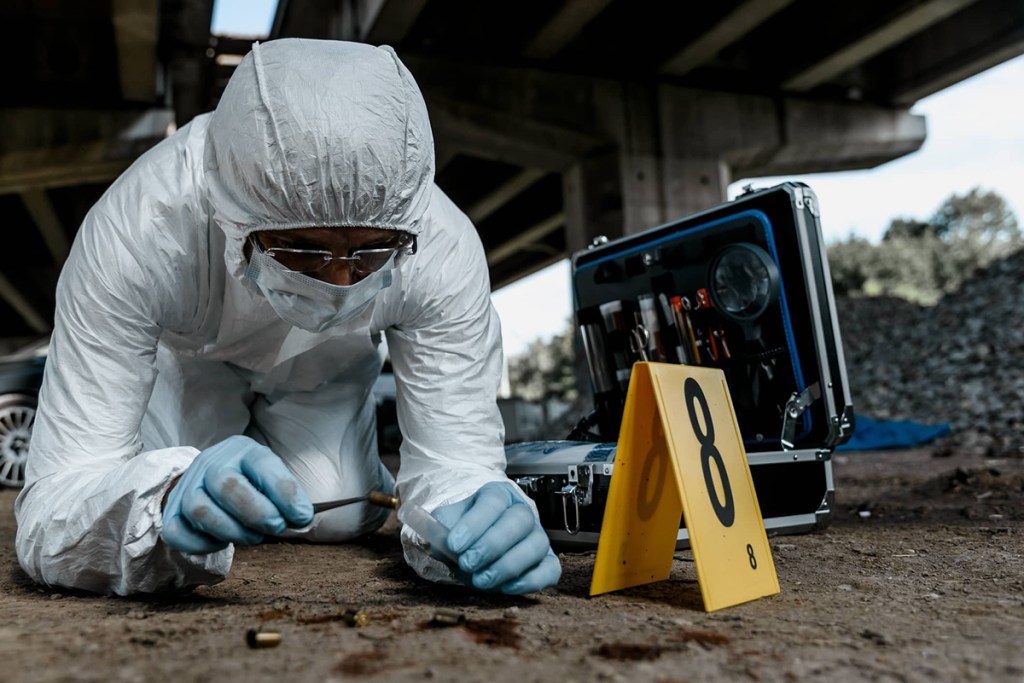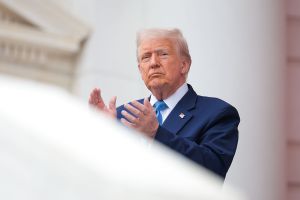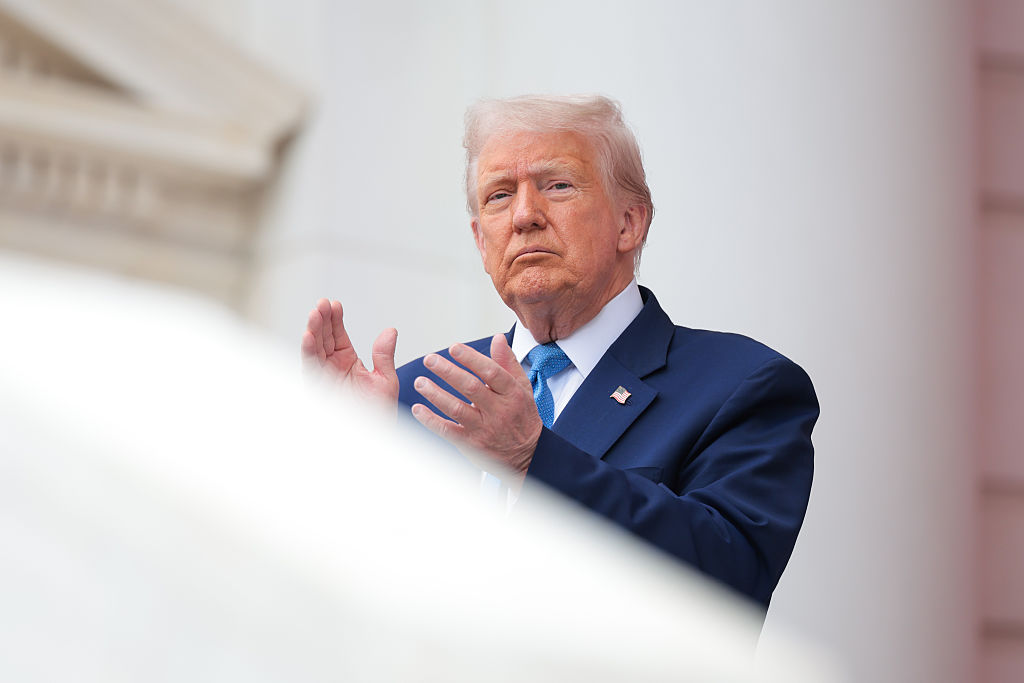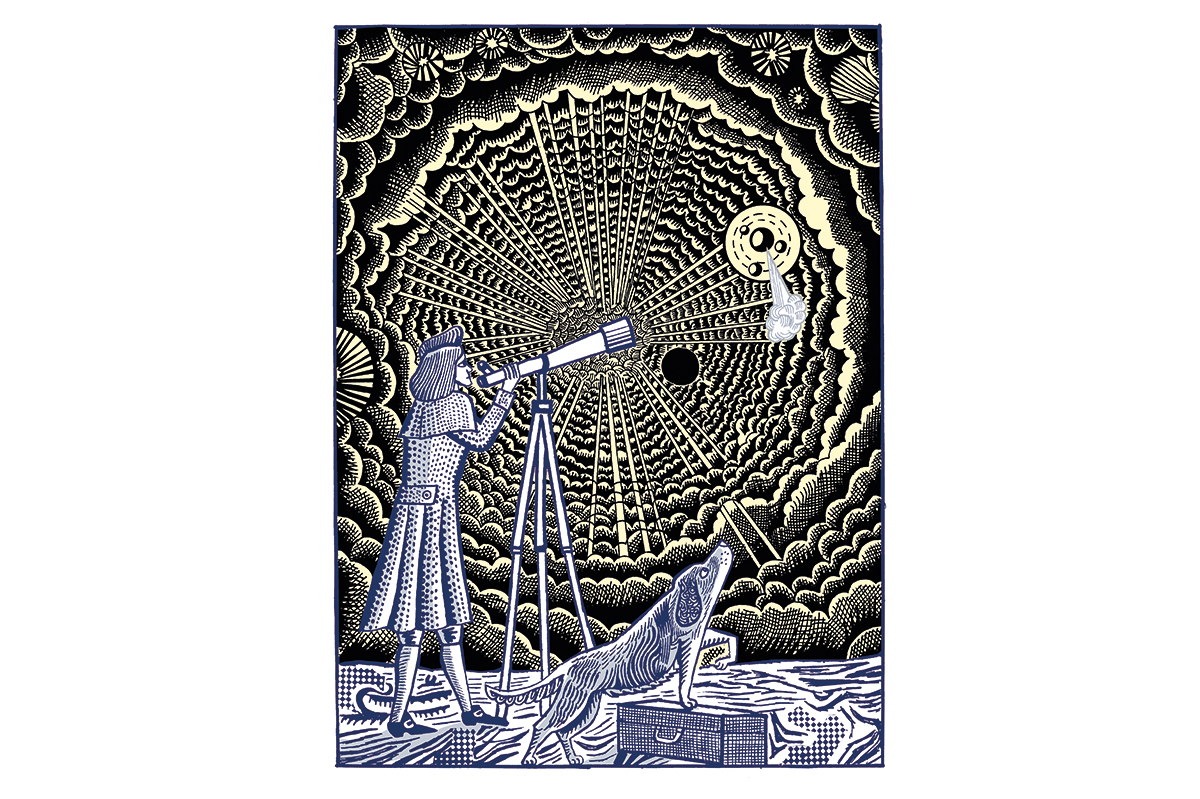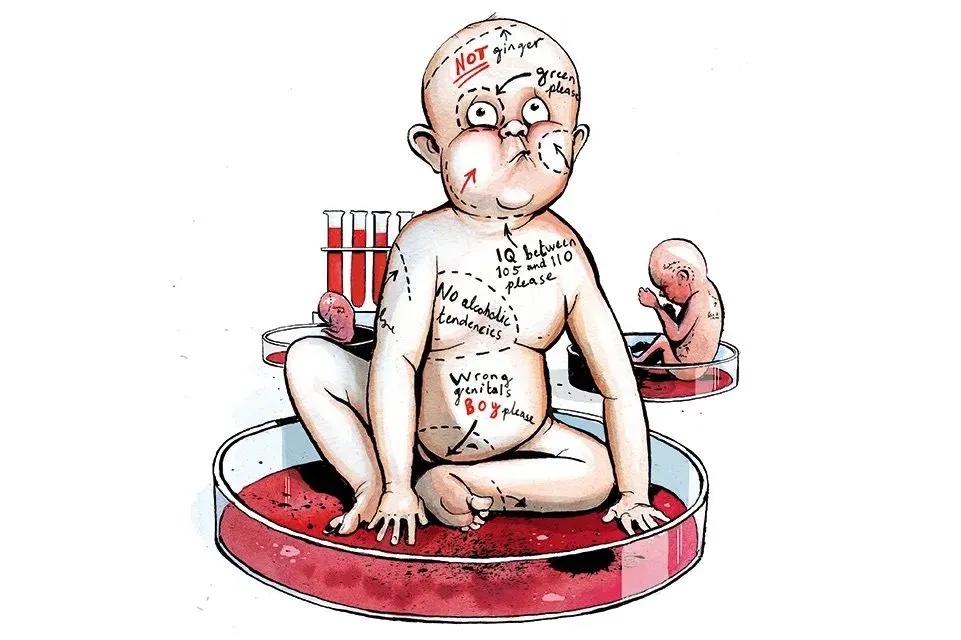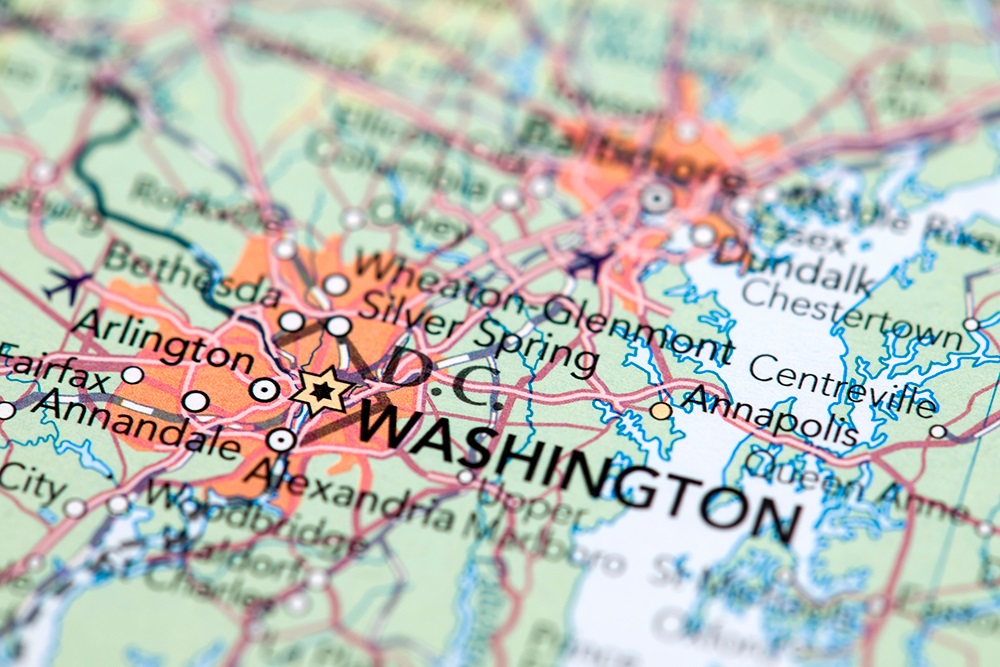I grew up in the golden age of forensic science, at a time when expert witnesses were becoming celebrities, each with their special little area of crimebusting know-how. The papers were full of excited talk about hair microscopy, ballistics and fiber analysis. Crime scene investigators were hot as pop stars.
My brother and I had a nanny with a passion for gore. She wasn’t interested in me as a rule, but I could always hold her attention with a nice chat about blood spatter patterns. We discussed what you could tell from the trajectory of arterial spray or the shape of a drip. In America, Herbert MacDonell was the undisputed Blood Spatter King — I think he might have even invented it as a discipline. He appeared regularly on TV with his array of droplet charts, explaining, via PowerPoint, that a round splat meant a vertical drip and that a flatter more tear-shaped droplet meant blood sprayed forcefully at an angle. Herbert was, in his day, known as the modern Sherlock Holmes and was so pleased with the idea that he wore a deerstalker hat.
Each country seems to favor a different forensic science. In England, I’d say it’s the polygraph test. In the mid-1920s Agatha Christie wrote them into The Secret of Chimneys. “They put India-rubber bands round your arm then reconstruct the crime and make you jump,” explains Lord Caterham. By the time I was a teenager, it was near compulsory for all TV cop shows to feature regular lie-detector tests: a close-up of the sweating suspect, then another of the sudden spiking of the polygraph needle.
What did it all mean? Who knew? Who needed to know? We trusted the science. The slapdash days of Starsky and Hutch were over. Men and women in lab coats had taken charge and soon, surely, crime would be a thing of the past. I did wonder why, if lie-detector tests were so reliable, the police didn’t just use them on every suspect. But I never really doubted the machine. My early conditioning was too strong.
I believed in the polygraph test, in an unthinking way, right up until last week when I read a new book by M. Chris Fabricant, Junk Science and the American Criminal Justice System, which carefully and unarguably explains that almost every forensic science is unreliable, and most are entirely bogus. It’s not just polygraphs, says Fabricant, but the whole damn shooting match: arson investigation, hair microscopy, bullet lead analysis, voice spectrometry, hand-writing and bloodstain spatter analysis. “The list of discredited forensic techniques is considerable,” writes Fabricant.
And unlike “Sherlock” MacDonell, he knows what he’s talking about. Fabricant is a trial attorney and also director of strategic litigation at the Innocence Project, a New York-based charity that seeks to overturn the convictions of men and women who have been wrongly convicted. The Innocence Project uses real science — DNA analysis — to combat the bad science. To date, they’ve successfully overturned more than 300 convictions just by using modern techniques to properly examine old DNA evidence. It’s a measure of the power of the process that in 40 percent of all DNA exoneration cases, detectives have identified the actual perp based on these DNA test results.
“The question becomes: why?” writes Fabricant. “Why has junk science been accepted by courts unanimously for the past fifty years?”
And why, for that matter, are we still depending on it? Just last year in Britain, the Counter-Terrorism Bill sought to impose a mandatory polygraph on all high-risk offenders. And polygraphs are still routinely used in the US by law enforcement and intelligence services, by the military and in parole hearings. In some ways it’s reassuring to think that there are professional cops who would be as surprised as I was to learn that forensic science is bunk. And in other ways… it’s not reassuring at all. Of the 330 people exonerated by DNA tests between 1989 and 2015, 71 percent were convicted based on forensic testimony.
The particular focus of Fabricant’s scorn are bite-mark experts, or forensic odontologists. If the British weakness is for the polygraph machine, then for unfathomable reasons expert dentistry seems to be America’s forensic science of choice. And it’s a useful one to examine, because it’s so easy to see the hucksterism at work.
Before (lemming-like) I cancelled my Netflix subscription, I watched a documentary, The Innocence Files, which tells the appalling story of one of Fabricant’s clients, Levon Brooks, wrongfully convicted of the murder of three-year-old Courtney Smith. Late one night in September 1990, Courtney was taken from her bed in Brooksville, Mississippi, raped, murdered and left in a pond. When her body was found, the county pathologist, Dr. Steven Hayne, declared there to be possible bite marks on her wrist and called on his regular sidekick, a forensic dentist called Dr, Michael West.
Levon Brooks was a suspect because he had once dated Courtney’s mother. West took a cast of his teeth, then compared the teeth to the marks on Courtney’s arm — and simply declared Brooks was the perp. “It was this man, indeed and without any doubt,” he said. How could the jury disagree?
Another book about the grisly Hayne-West partnership, The Cadaver King and the Country Dentist, points out that West also began to assume the role of expert in other forensic fields: ballistics, gunshot reconstruction, “tool mark” patterns, and the analysis not only of teeth and bite marks but wound patterns, bruises and fingernail scratches. Why not? All you needed for expertise was a course and a laminated certificate. God knows how many innocent men the Hayne-West tag team sent down.
In 2008, after nearly two decades of wrongful imprisonment, Levon Brooks was exonerated by new DNA evidence but West was unrepentant: “I find it embarrassing indeed to keep repeating my credentials,” he said to camera, his jowls quivering. “I’m not goin’ to say nothin’, do nothin’ or be nothin’. I’m here to advance the question: did this man do this act. Yes or no. If that makes me controversial – suck it up, Buttercup.”
There’s nothing, not even DNA evidence, that could ever have persuaded West that his methods or even his conclusions were wrong. His science is unfalsifiable. It’s simply pseudoscience. Suck that up, Buttercup.
This article was originally published in The Spectator’s UK magazine. Subscribe to the World edition here.



